It’s almost the weekend, so time for another holiday and more travel! This time, we’re heading west, first to Odense, the birthplace of Hans Christian Andersen and one of Denmark’s cities with wonderful buildings from the medieval through the neo-Gothic era. Here are Jonathan & Allison at the Radhusplasen in Odense (town hall square, on the left, built in 1883), and on the right, with Sankt Knuds Kirke (St. Canute’s church) in the background, the latter in Brick Gothic style and built in 1499: now the most complete Gothic construction in Danish architecture:
We stayed a little north of the city, near the Peace Church, built after WWI but in the Brick Gothic style, with the stepped gables that were popular throughout northern Europe in the 12-16th century:
Below, the street where Hans Christian Andersen was born, which was, at the beginning of the 19th century, the poor section of town. It’s probably one of the better-preserved poor areas of a Danish city, thanks to the fact that HC Andersen became famous for his fairy tales during his lifetime and the city preserved this area as a location for the museum dedicated to his memory. He is author of The Little Mermaid, The Snow Queen, The Emperor’s New Clothes, The Ugly Duckling, and many more!
We also visited the Danish railway museum, where Allison & Jonathan were able to step into the past:
Then we found Kramboden, which is a little shop “crammed” with things and looking just as it did one hundred years ago. So much to look at!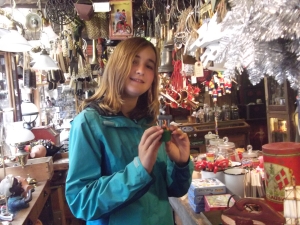
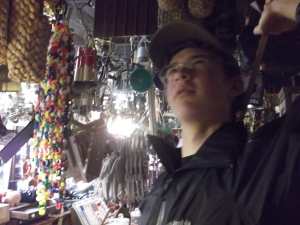
Is that reddish building leaning? Is for sale? Should we buy it?
And then, participating in the Danish tradition of buying sweets from bulk bins at a candy store on Friday afternoon!
Circling back by HC Andersen’s old neighborhood again.
Then it’s off to see Sankt Knud’s cathedral on the inside, which was impressive! Apparently the walls had been whitewashed as early as the 1300s so this is in keeping with its traditional look, and it’s therefore much brighter than many brick Gothic churches we’d been in.
And of course the best part: the creepy crypts! This was in the oldest section of the church, which dates from 1095 when the church was first built in this location. Prior to the brick church there was a wooden church nearby, and Knud had been killed in a peasant uprising in that wooden church in 1086 after having served as Denmark’s king from 1080. He had been an ambitious king who’d given large gifts to and increased the authority of the churches in Odense, Viborg, Lund, Roskilde, and Darby. He’d also sought to reclaim England, which he believed was rightfully his because it was his great-uncle, Knud the Great, who’d united England, Denmark, and Norway until 1035. It’s believed that he and his brother were killed as the then-new church was under construction, so his crypt was moved there, and then in 1101, he was canonized as the Patron Saint of Denmark. The cathedral that is there today was built in the same location between 1300 and 1499.
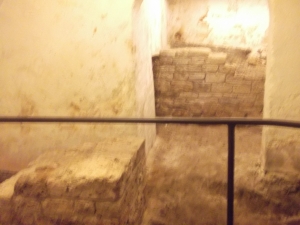
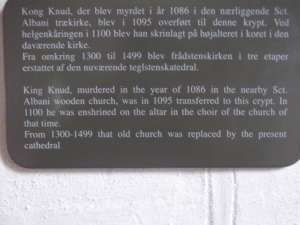 Jonathan claimed that he could find the point on Knud’s hip bone where the sword had entered and killed him. At 928 years, these were the oldest bones we’d seen.
Jonathan claimed that he could find the point on Knud’s hip bone where the sword had entered and killed him. At 928 years, these were the oldest bones we’d seen.
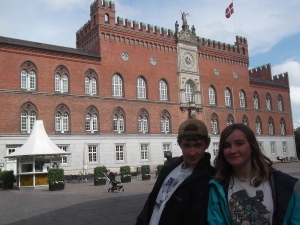
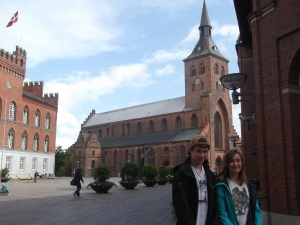
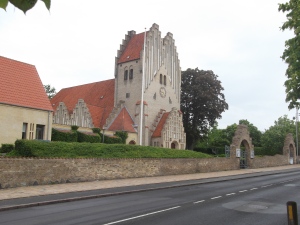
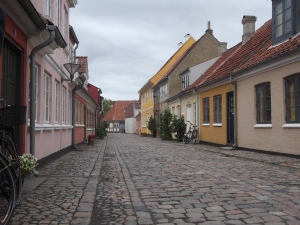
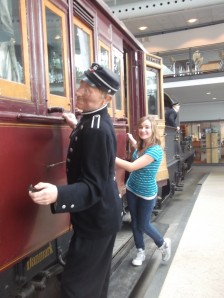
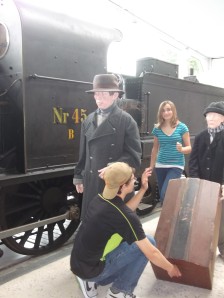
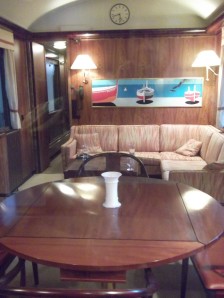
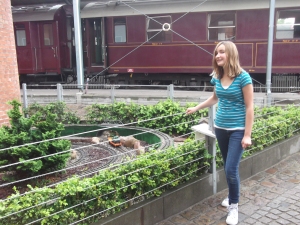
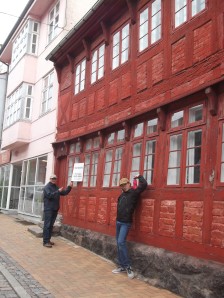
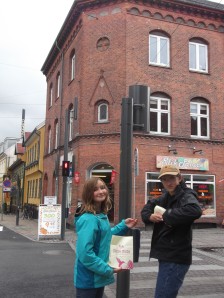
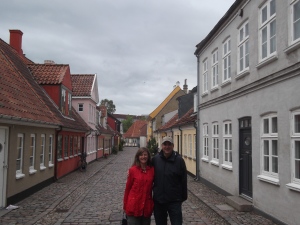
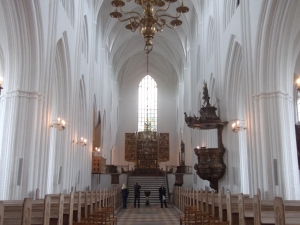
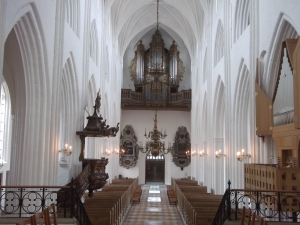
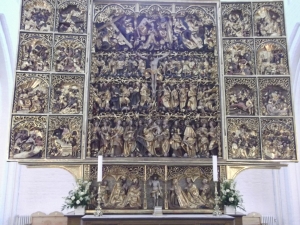
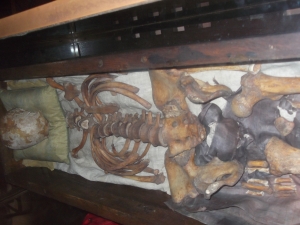
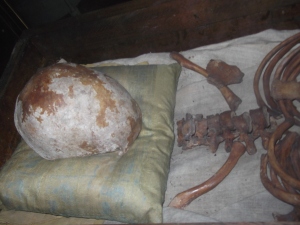
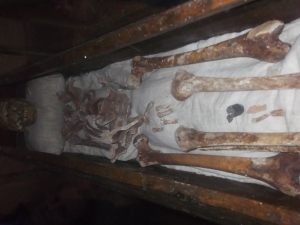
Leave a comment